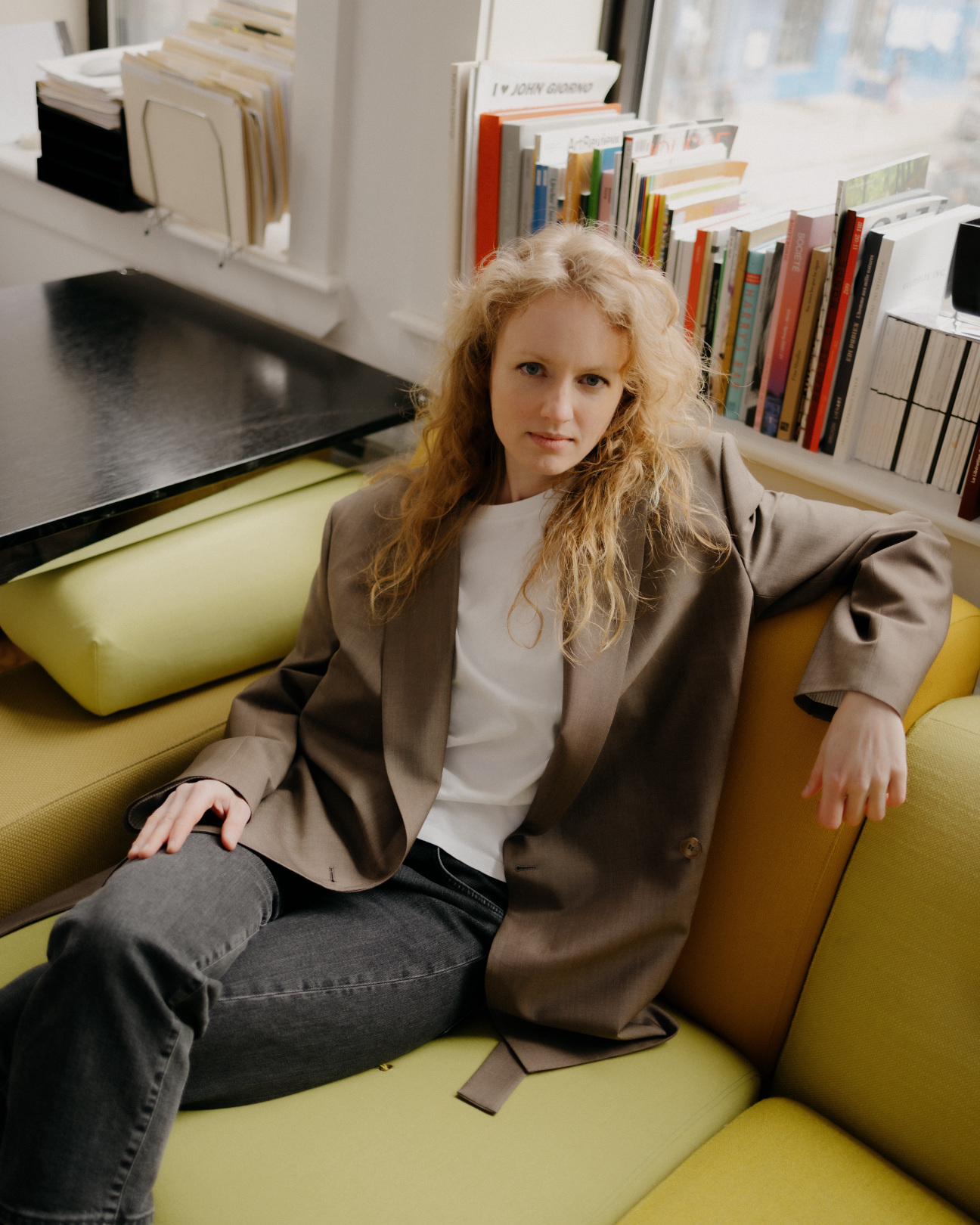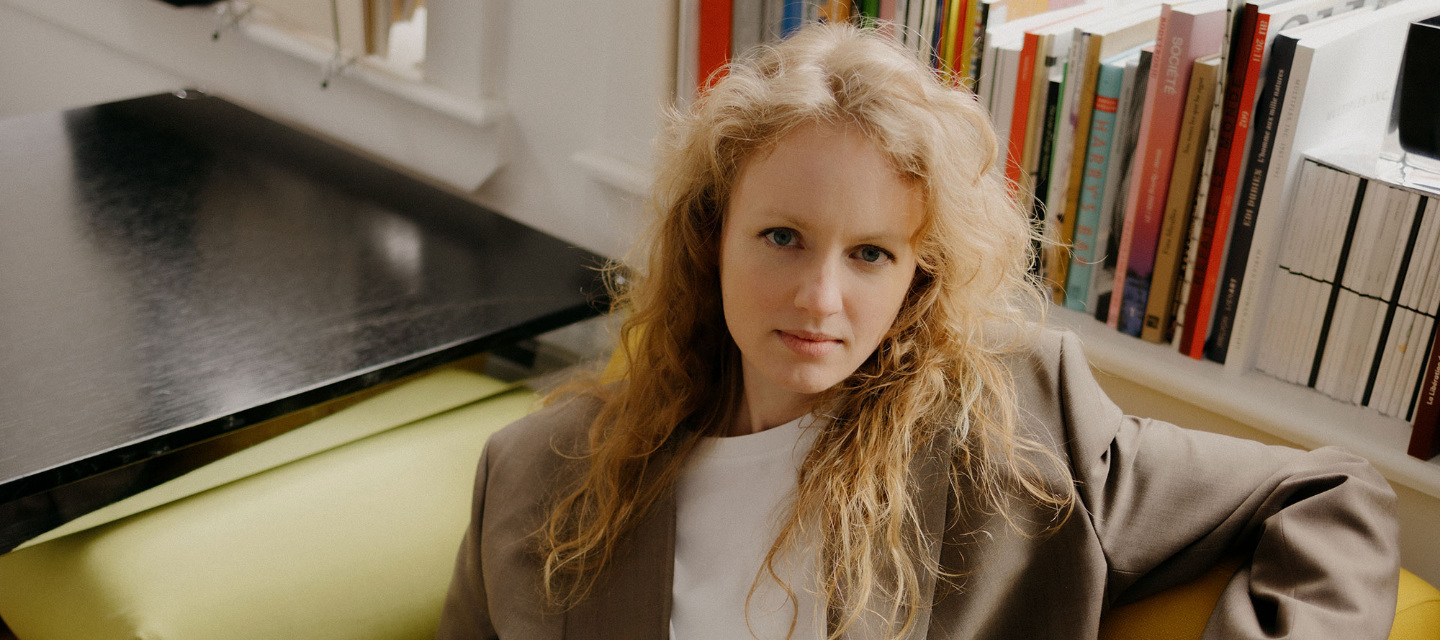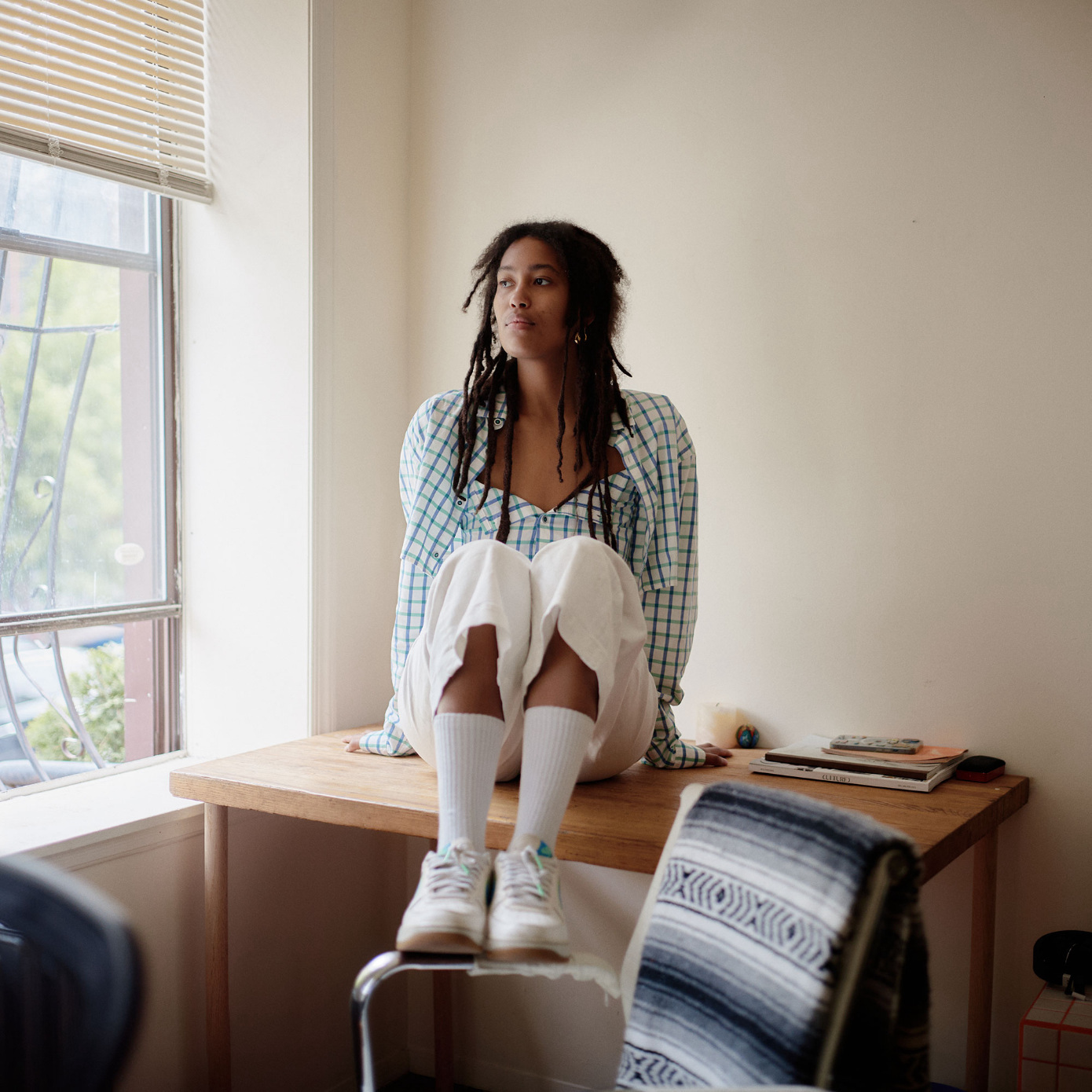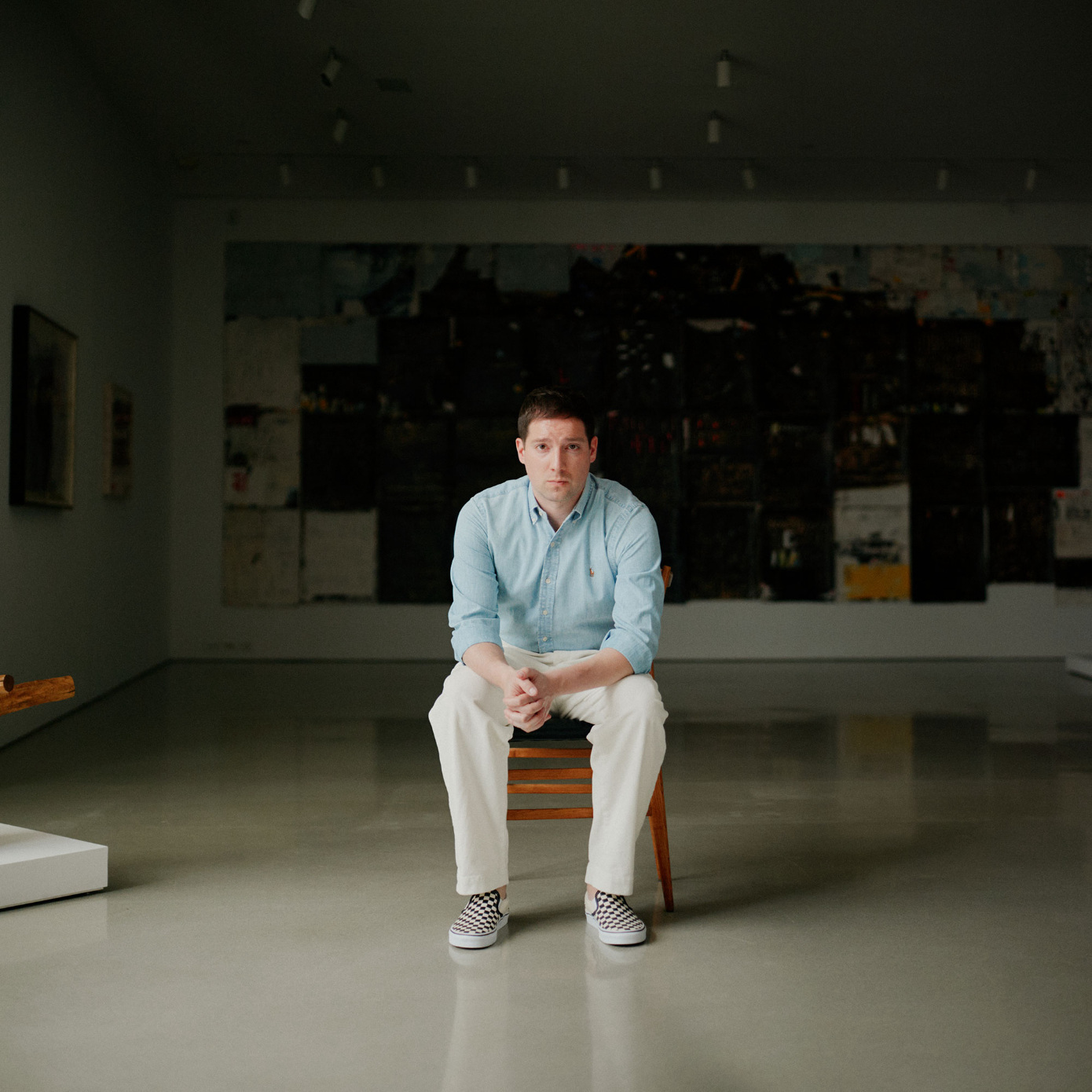Stefanie Hessler stakes a bold claim on the art world’s density. “I envision to really change the structure of Swiss Institute to respond to this moment of shared urgency that we are experiencing both socially and ecologically,” says the newly appointed director of the East Village contemporary art nonprofit, which explores visual and performing art, as well as design and architecture, from a Swiss context. “I want to become carbon neutral through looking at the ways we work with materials, energy and travel. And I plan to bring in exciting artists that will work on ecology, gender and social justice. I think of it as a holistic ecosystem. My vision is really that it will be an integrated institution.”

Previously head of Norway’s Kunsthall Trondheim, where her “Sex Ecologies” exhibition landed international praise, Hessler is already known for a curatorial process and writings that engage environmental realities and society—but New York affords her next-level visibility. “I think an institution like SI can become a role model for how institutions can work in the future,” she explains. “Because it’s a mid-sized institution, you can make changes that can be felt much more quickly, and you can experiment in a different way than you can at larger places.” Hessler believes the time is ripe for an integrated, radical shift in perspective. “Right now is actually the moment when people are more open to these changes,” she argues. “They feel not only the necessity and urgency, but also the joy and possibility of changes that make our lives and the lives of other human beings so much better.”
At the same time, she’s adamant about maintaining a feminist approach to leading her organization’s next iteration. “To me, that means I’m not just coming in and saying, ‘Okay, everything will be this way or that way,’” she clarifies. “I actually want to come in and listen, and be responsive to the institution, to the environment, to what has been done before and to what needs to be done going forward.”




